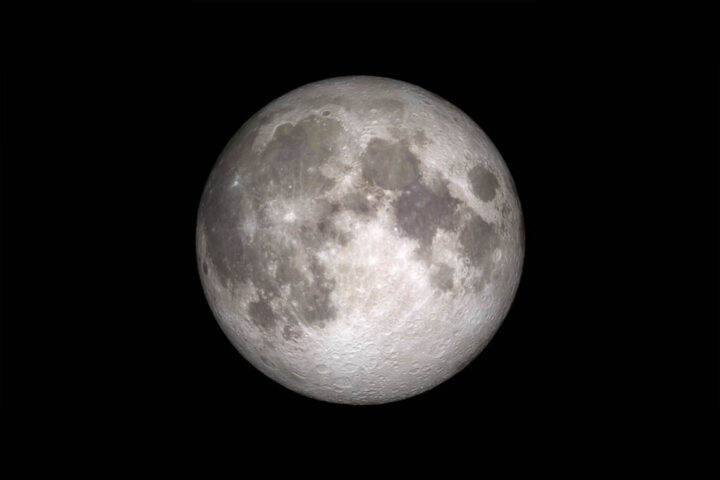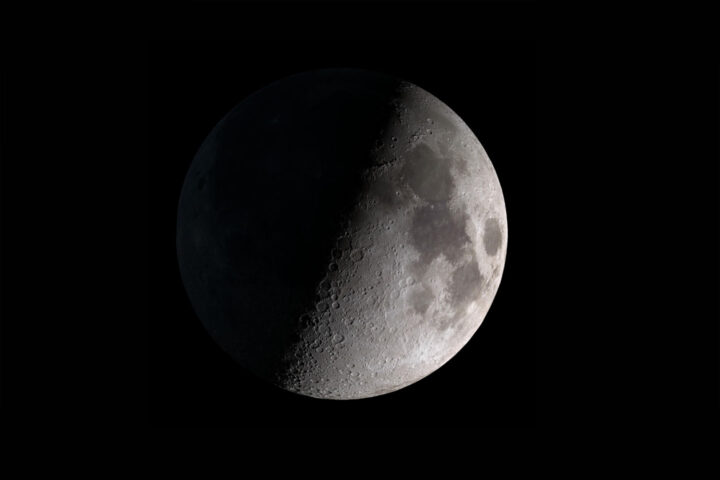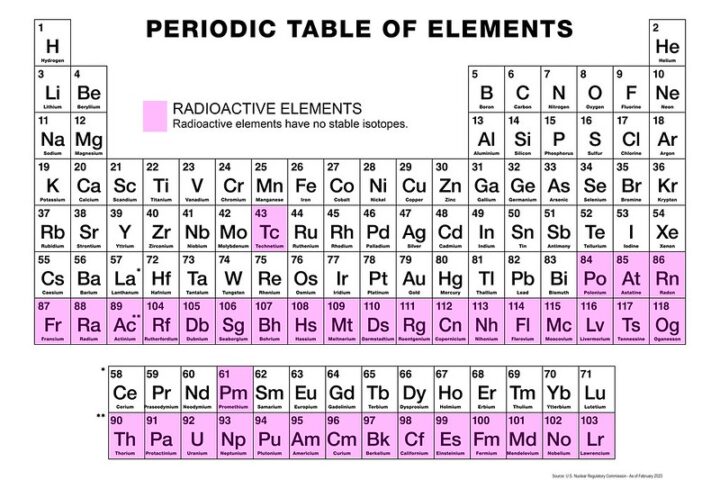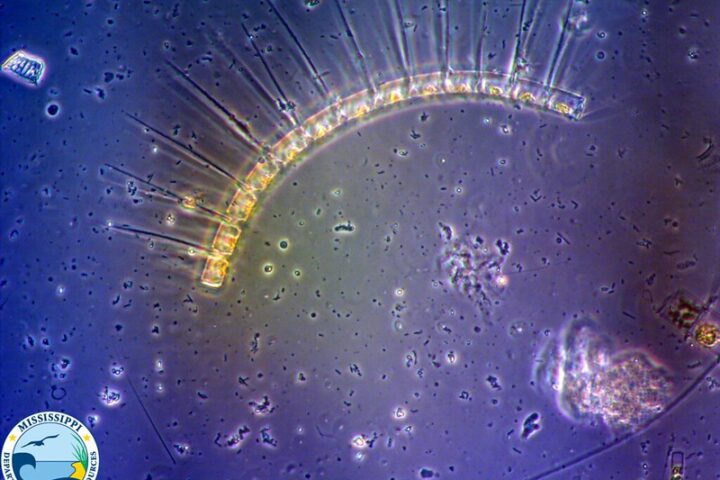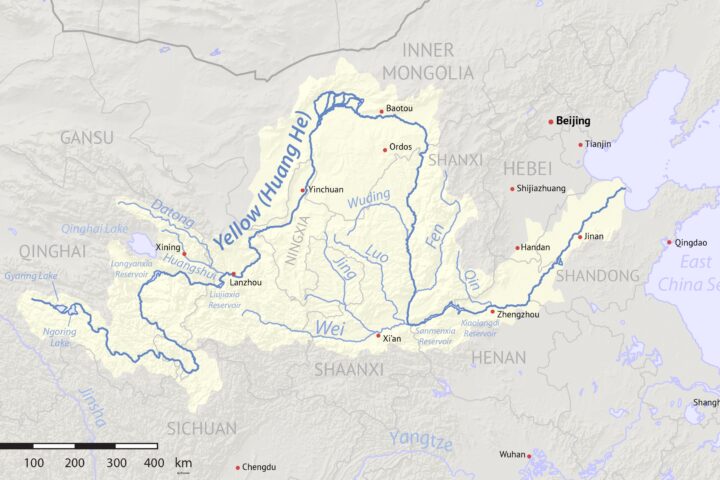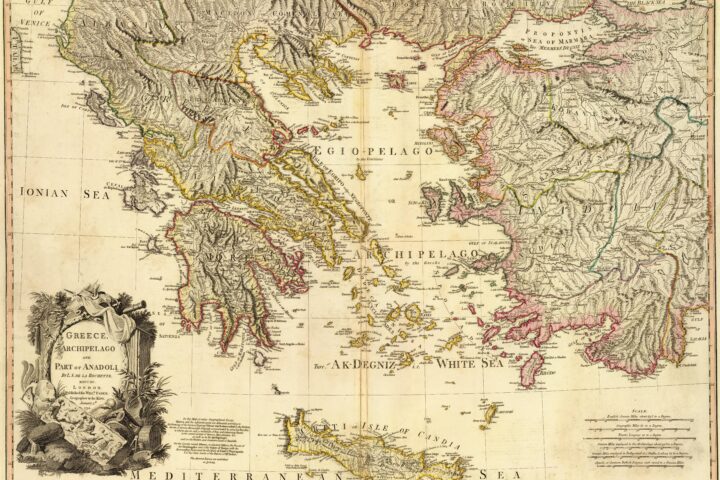Source: NASA Releases New High-Resolution Earthrise Image _ NASA’s L… _Flickr
Children get to study about the Earth and its inherent features very early on in their school life. This is because of the importance of such natural processes that everyone is taught about them since an early age. Rotation, revolution, eclipses, and the Earth’s axis hold significant value and affect our day-to-day lives directly. One more phenomenon is that of the Earth’s precession about its axis which might not be so familiar but is just as important.
The Precession
To understand this process better, let us imagine a top.

Source: By FbrG – Own work, CC0, https://commons.wikimedia.org/w/index
When you make it spin, you know its axis stays lined up in the same direction while it makes its rounds. As it slows down, it starts spinning slower and this axis traces a cone in space. Our Earth moves the exact same way. The spin is really slow- each one lasts a full day as we already know- but the tracing out of this cone-shape takes around 26,000 years.
The reason why this happens is because when the Earth rotates and revolves around the Sun, a centrifugal force acts on its center which makes the equatorial area bulge out. Added to this, the gravity of the Sun and Moon also does its job and make the Earth precess as well.
The results of this precession were noticed by our ancestors too. What it does is that it changes the direction in which our axis points. This means that the stars we see in the North today might not be at the same position after the current precession. The pole star our predecessors saw is not the same one we see today. It is definitely not going to be same in the future either once this precession ends.
The Wobble
Astronomers associate the precession with ‘wobbling’ of the Earth on its axis. But recently, they also discovered that the earth’s innermost core also wobbles every 8.5 years. We are handling two different cases of wobbling, then.
In the case of the latter, scientists call it the ‘Inner Core Wobble’ which shows that the tilt of the core is a few degrees off from the rotation axis of the mantle. They discovered this disparity after studying the length-of-day changes, 3D density models of the earth, and the polar motion of the Earth. This is important because the activities of the core of the Earth have a direct connection with the geomagnetic field of our planet.
The former case is all about precession and how human activities and processes have a hand in all of this. Scientists from NASA report that three human processes are directly responsible for this wobbling. These are:
- Mass loss – With increase in the Earth’s temperature because of climate change, a considerable portion of the ice mass in Greenland and other icy regions melted and the mass decreased rapidly.
- Glacial Rebound – The same happened with glaciers which also melted and the Earth’s crust below them started rising.
- Mantle Convection – In this process, the heat coming from the inner core makes the mantle move in a slow, circular pattern. This, in turn, moves the tectonic plates on the surface which cause geophysical processes like volcanic activity and earthquakes.
The emission of greenhouse gases and their collection has to do with all three of these processes. And all three of these, with small contributions made by a few other processes, impact the spinning of the Earth on its axis.
Should we worry?
Scientists have assured us that the effects these three processes and the wobbling of the core have little to do with us and our daily lives. One advantage is that the deflection of the core from the mantle’s axis can explain changes in the geomagnetic field of the Earth.
But it poses one issue which our future generations will have to prepare for- the days are getting longer. As the water levels rise, the extra water accumulates near the Earth’s equator and increases the bulge we talked about earlier. This bulge slows down the rotation of our planet.
This slow speed rotation ultimately means that our days will most probably be getting lengthier in the future as climate change gears up to melt the ice we have. Longer days don’t sound so good- how would you like to work for longer hours when Monday arrives? I don’t think many people would.
So, there is one thing we would have to worry about. Our future generations are the ones which will suffer because of the things we do today. What’s the solution, then? We need to fix our ways and do better.
Resources
- Precession. (2017). Nasa.gov. https://pwg.gsfc.nasa.gov/stargaze/Sprecess.htm
- Staff, A. (2017, January 30). Why Does Earth’s Axis of Rotation Wobble? Astronomy Magazine. https://www.astronomy.com/science/why-does-earths-axis-of-rotation-wobble/
- Chaturvedi, A. (2020, January 15). Do you know why the Earth wobbles? Geospatial World. https://www.geospatialworld.net/blogs/why-the-earth-wobbles/
- Orf, D. (2024, January 3). Every 8.5 Years, Earth’s Core Mysteriously Wobbles. Scientists May Finally Know Why. Popular Mechanics; Popular Mechanics. https://www.popularmechanics.com/science/environment/a46191284/why-earths-core-mysteriously-wobbles/
- Baker, H. (2024, July 17). Earth is wobbling and days are getting longer — and humans are to blame. Livescience.com; Live Science. https://www.livescience.com/planet-earth/climate-change/climate-change-day-length-tktk


